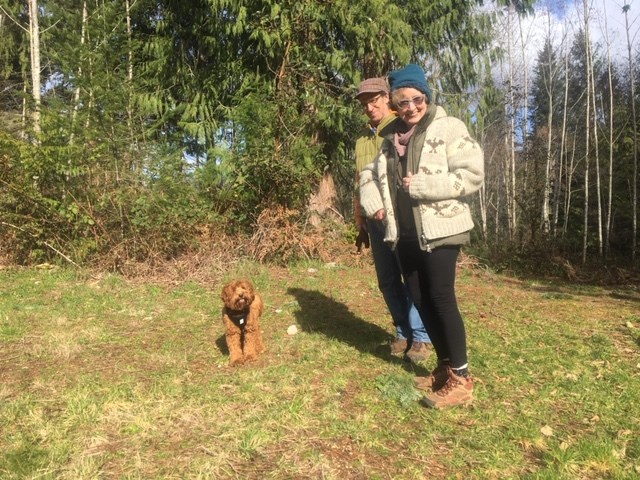When we meet a cute dog many of us want to reach out and pet the dog. However, dogs have different levels of interest in and tolerance for interactions with people. The dog that loves everybody and wiggles with ecstasy at our touch is not every dog. In fact, it is not most dogs.
Unfortunately, we touch them whether they like it or not, without their consent, all of the time. But not only is it impolite, it is unsafe. Research shows that certain kinds of touching and interactions are common triggers for bites, for example, petting a dog over the head, putting your face close to the dog's face, and bending over the dog.
A better way is to ask for consent. When you meet a dog, stand still in a relaxed manner, or squat down to the dog’s level, and wait. Moving your body slightly sideways may help dogs who are sensitive to frontal pressure. Don’t stick your hand into the dog’s face for him/her to sniff because most dogs don’t appreciate that.
Watch what happens. Does the dog stay at a distance? Does the dog back away or look away? Those are clear signals the dog is not welcoming physical interaction with you. Respect that choice and refrain from trying to force the interaction.
If the dog approaches you, he/she is inviting contact. Pet the dog and follow the “two-second rule.” Avoid reaching over the head and gently stroke under the chin, on the chest, or along the side for a couple of seconds. Use wiggly fingers, or long, slow strokes. Stop after two seconds and wait. If the dog moves closer, leans in, or nudges your hand, he/she is telling you the interaction is enjoyable and asking you to continue. Keep following the two-second rule, watching for and respecting the signals you receive.
When petting your own dog, you can employ the same principle by using a “five-second rule” or whatever amount of time works best for you and your dog. And, of course, never force dogs to interact with someone else by dragging them over to greet. That is a recipe for trouble and a misery for the dog.
Consent goes both ways. We should not let our dogs initiate interaction with people unless we know it is welcomed. That means not allowing our dogs to approach or engage with a person without their explicit consent. Not everyone is comfortable with dogs and an unwelcome interaction can be upsetting or even traumatizing. Additionally, your dog could unintentionally harm the person by knocking them over. Teach your dog to greet people only when you give them permission to do so.
No matter what species you belong to, interactions are pleasant and enjoyable only when both parties consent. The next time you want to pet a dog, ask, and then listen to what the dog tells you. That kind of two-way communication benefits everyone.
Sandy Middleton is a dog trainer and behaviour consultant based in the qathet region. For more information, go to bestfriendsdogtraining.ca.
Join the Peak's email list for the top headlines right in your inbox Monday to Friday.



